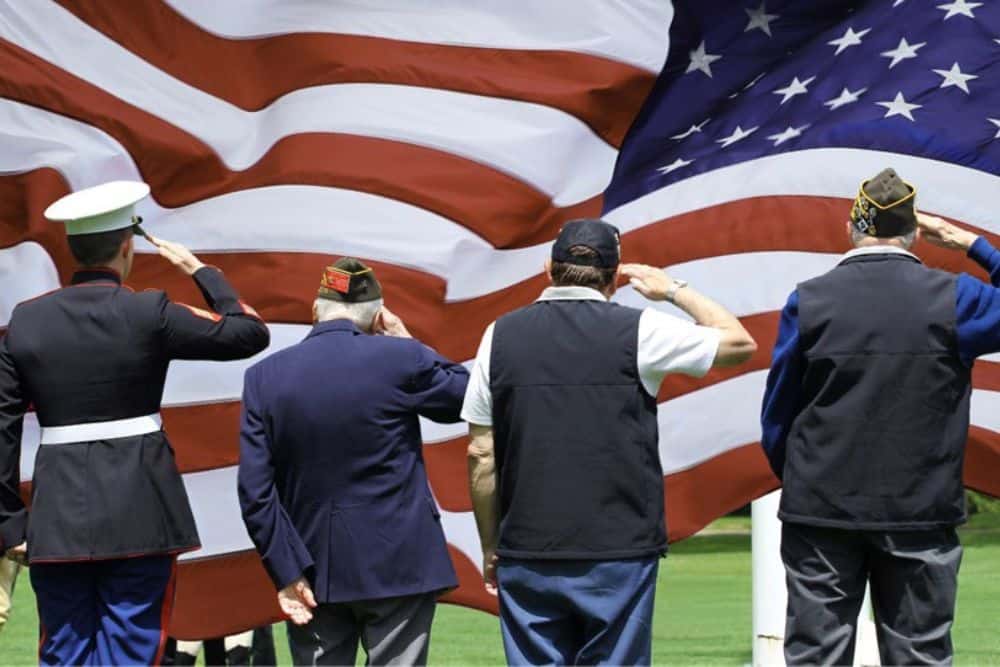What is a Veteran?
When we hear the word “veteran,” various images may come to mind. Some may picture a soldier in uniform, while others may think of someone who has served their country. But what exactly is a veteran, and why are they so important?
While there exist many different criteria used worldwide to define who a veteran is, most algorithms include one solitaire factor: the person served in the military. From there, whoever qualifies as a veteran depends on the purpose behind the definition.
Wikipedia addresses two main types of veterans. The first is a person who has a significant experience or expertise in an occupation or field. The second is a person who served in a military who is no longer serving in the military.
In this article we are talking about military veterans.
Who Decides Who Qualifies as a Veteran?
Let’s start with the deciders. Who gets to create the definition of a veteran and why?
Depending on the country, who is and who is not a veteran is usually decided by the government.
In the United States, the Federal government through the US Congress defines the criteria for veterans. The purpose of the delineation helps allocate resources called benefits or entitlements such as the GI Bill, VA Home Loan, or VA Disability.
In some states, the benefits a state provides veterans may result in a different definition than what the Federal government uses requiring consideration of additional criteria.
Still some organizations may drill down even further.
For example, there exist organizations that consider all individuals who served one day in a military uniform as being a veteran. Organizations with this distinction may serve disadvantaged populations like the homeless.
State and national governments usually set the qualifications for the allocation of benefits, privileges and other classification purposes, but sometimes private organizations set their own qualifications.
Hospitals may create their own classification for veterans to differentiate between patients with certain elevated risks like exposure to chemicals.
Who Qualifies as a Veteran?
To be considered a veteran, an individual must meet specific criteria.
While the definition may vary from one country to another, there are common elements that determine veteran status. Typically, a veteran is someone who has served in the military and was not dishonorably discharged from military service.
Title 38 of the United States Code breaks down the definition of veteran into two key parts.
First, it defines a veteran as “a person who served in the active military, naval, air, or space service, who was discharged or released therefrom under conditions other than dishonorable.”
Active military, naval, air, or space service includes:
- Active duty;
- Any period of active duty for training during which the individual was disabled
or died from a disease or injury incurred or aggravated in line of duty; and
- Any period of inactive duty training during which the individual was disabled or died
- from an injury incurred or aggravated in line of duty; or
- from an acute myocardial infarction, a cardiac arrest, or a cerebrovascular accident occurring during such training.
The second part of the definition addresses the type of discharge from military service. The person must be discharged under “other than dishonorable conditions.”
Depending on the period of service and duration of service on active duty, there may be other variables necessary for consideration.
Individuals who served in the Reserves and National Guard may not always qualify as a veteran for veteran status.
The Different Types of Veterans
Veterans come in various forms, each with their own unique experiences and contributions. It’s essential to recognize and appreciate the diversity within the veteran community. Some common categories of veterans include:
- Combat Veterans: These are individuals who have directly engaged in combat zones and experienced the harsh realities of war.
- Service Veterans: Those who served in non-combat roles, such as support staff or medical personnel, also fall under the veteran umbrella.
- Disabled Veterans: Veterans who sustained injuries or disabilities during their service, requiring special care and support.
- Women Veterans: Women have played crucial roles in the military, and their experiences and challenges deserve recognition.
The Challenges Veterans Face
While veterans deserve our utmost respect and gratitude, they often face unique challenges upon returning to civilian life. These challenges can include:
- Physical and Mental Health: Many veterans deal with physical injuries and mental health issues like PTSD (Post-Traumatic Stress Disorder).
- Reintegration: The transition from military to civilian life can be challenging, with veterans needing to adapt to a different environment.
- Employment: Finding suitable employment can be difficult, as veterans may not have the same qualifications or experience as their civilian counterparts.
- Access to Healthcare: Access to quality healthcare, especially for those with service-related disabilities, is a crucial issue.
Honoring and Supporting Veterans
Recognizing and supporting veterans is not only a matter of gratitude but also a moral responsibility. Here are some ways to honor and support veterans:
- Veterans’ Benefits: Ensure veterans have access to the benefits they deserve, such as healthcare, education, and housing assistance.
- Mental Health Services: Invest in mental health services and support programs tailored to veterans’ needs.
- Employment Opportunities: Encourage businesses to hire veterans and provide training programs to help them transition into civilian careers.
- Community Involvement: Engage in local initiatives and events that honor and support veterans.
Veterans are the backbone of a nation’s defense and should be celebrated not only on special occasions but every day. Their sacrifices and contributions should never be forgotten, and as a society, we must continue to find ways to support and uplift them.





